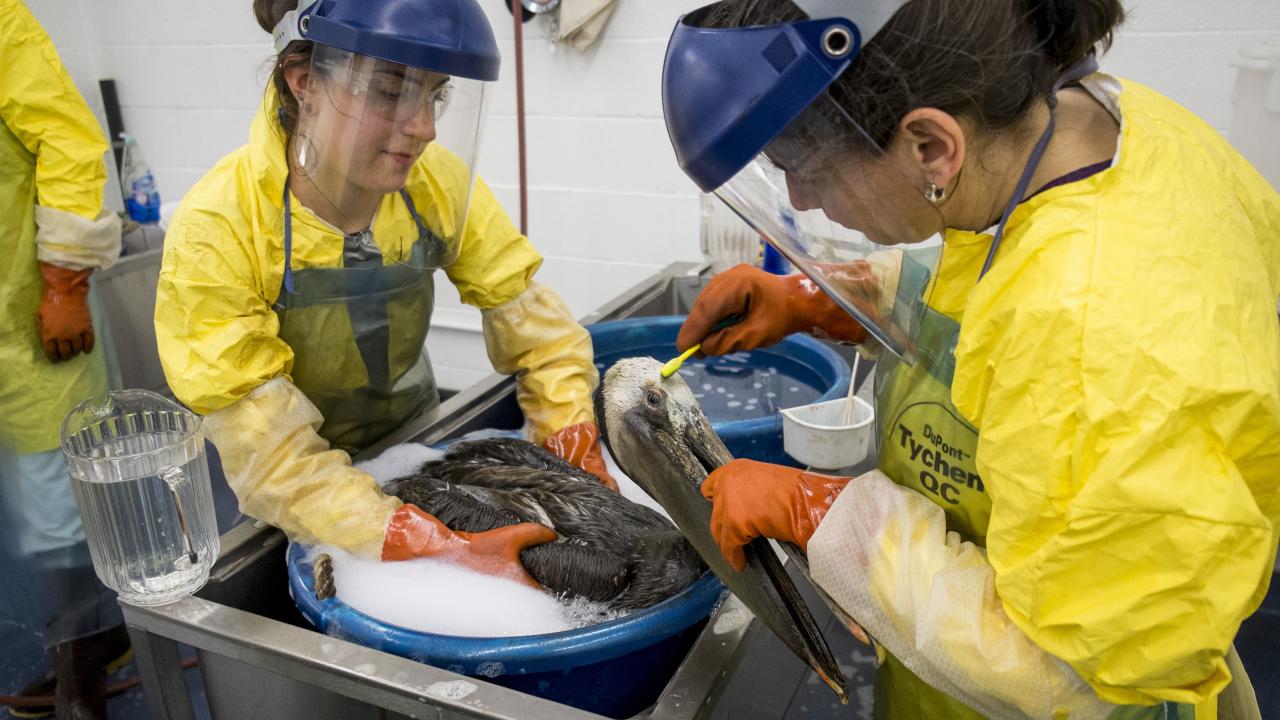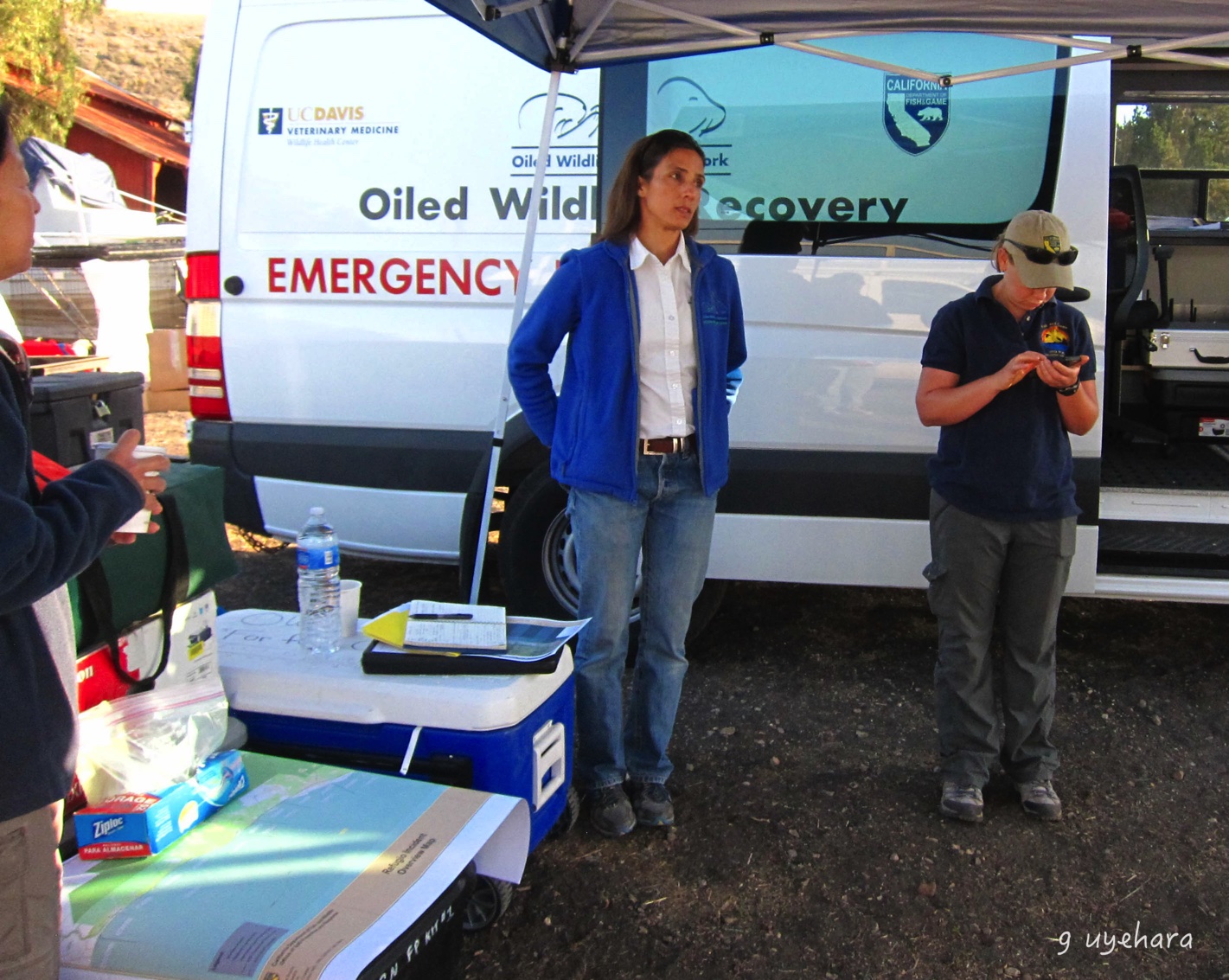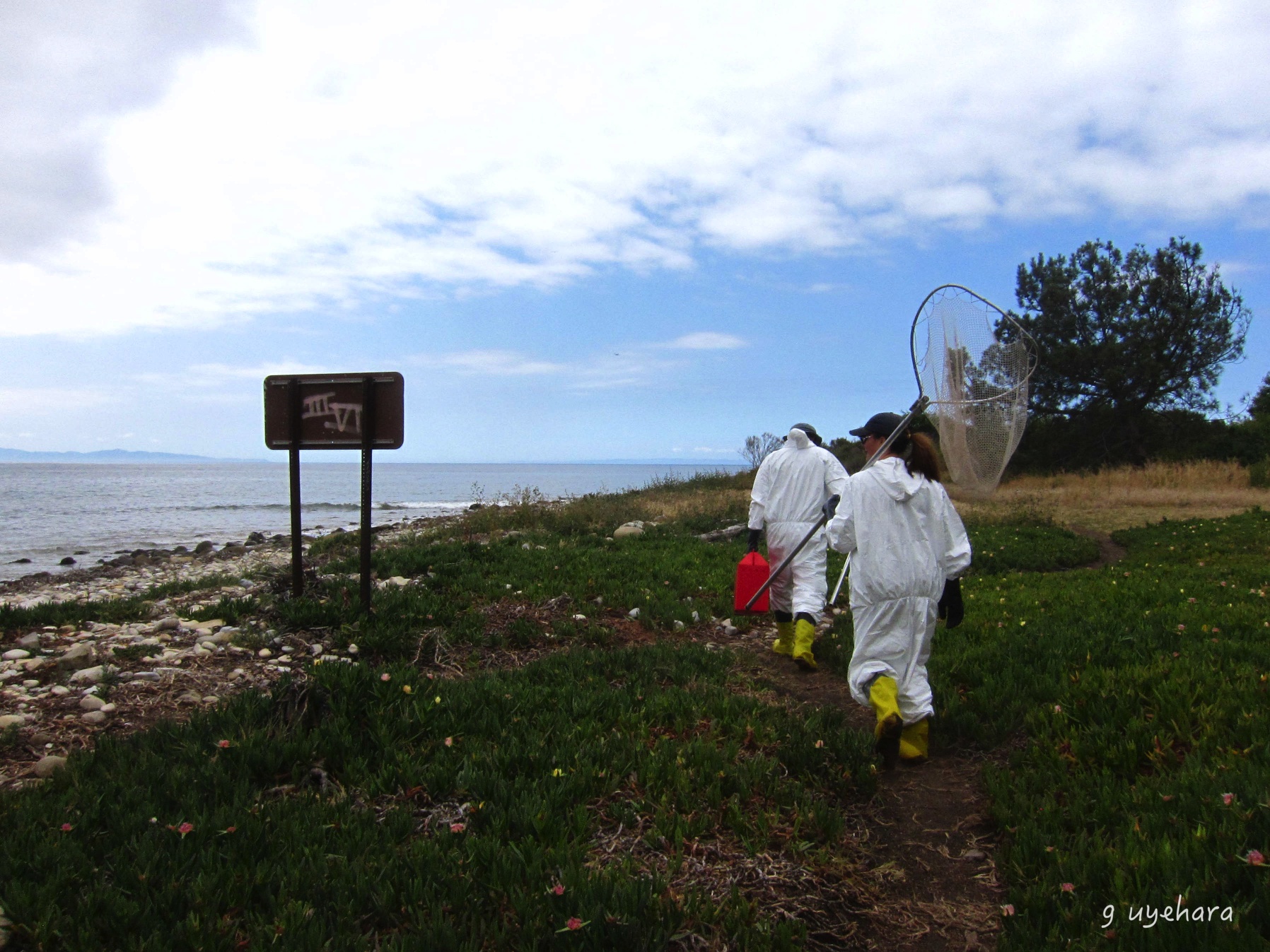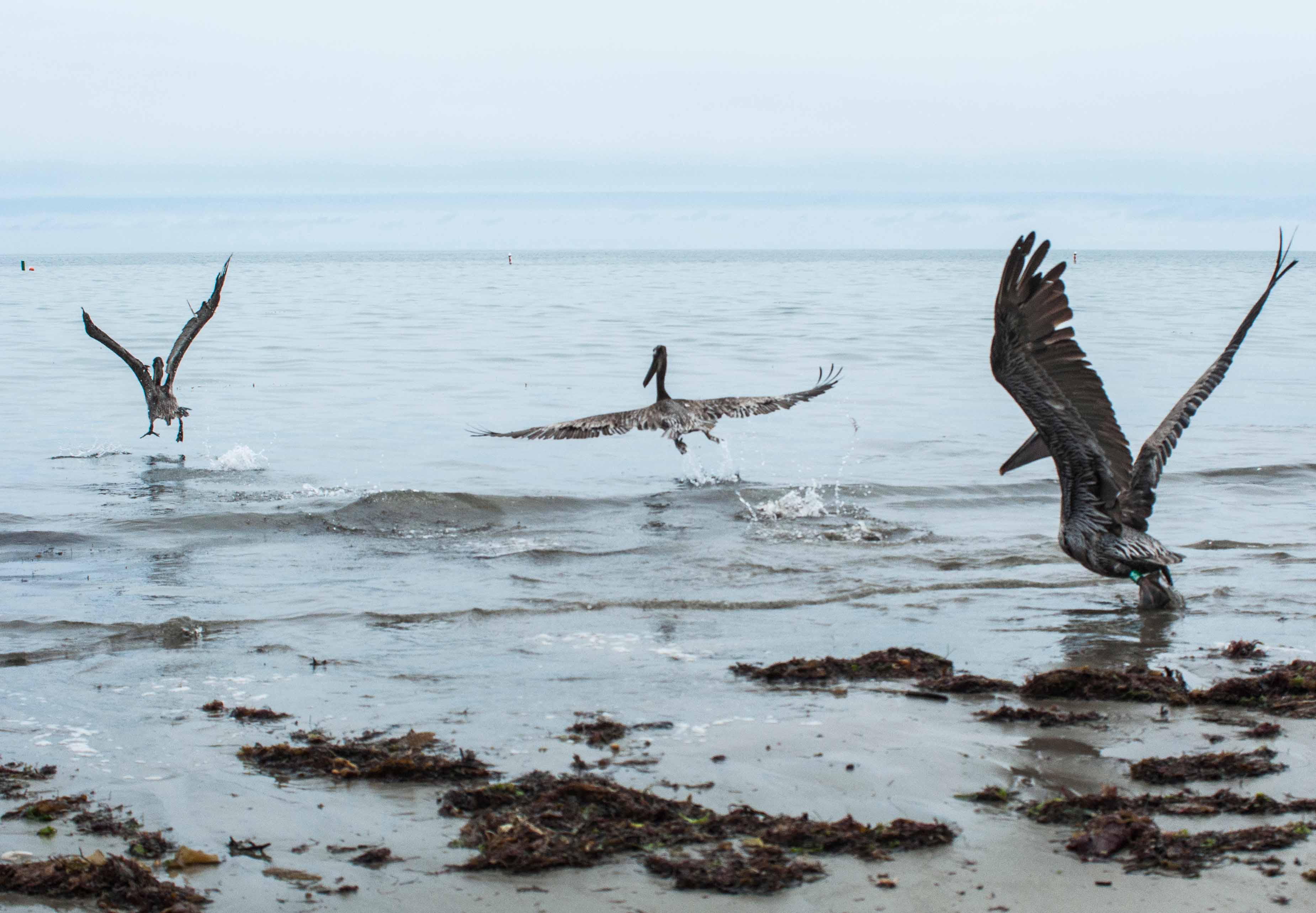
How Time Flies
Refugio Oil Spill, Ten Years Later
Hard to believe that this past Monday (May 19) marked the 10-year anniversary of a spill that changed so much in how we conduct our day-to-day operations – how we prepare for spills, train our responders, and conduct a response. Yes, as they say, every spill is unique, and with each spill we glean valuable lessons that help us improve how we fulfill our mission of best achievable proactive capture and care of oil-affected animals. The Refugio Oil Spill was no exception.
As they say, “hindsight is twenty-twenty”
I think this saying refers more to how things become clearer when you look back at an event or an experience. Sometimes in the thick of an oil spill or other type of crisis, it is hard to see things clearly as it feels like you are caught in the updraft of the tornado with no way out. It is only months or even years later that you can look back and see more clearly how things played out and lessons gleaned from that experience.
When the OWCN was activated for the Refugio Oil Spill the morning of May 19, 2015, I had only worked for OWCN for 5 years and had never responded to a medium or large spill. Even so, I had a sense that this spill was going to be a big challenge for several reasons. I was not wrong in sensing that!
The challenges of Refugio
As it just so happened, most of the OWCN staff had just arrived in Anchorage, Alaska for the Effects of Oil on Wildlife conference (ironic, huh?) when the call came through. I made arrangements to fly back to Davis on the first flight the next morning while the rest of the team stayed back in Alaska for another day or two while coordinating parts of the response from there.

I had all my bags packed when I gave my talk – they had rearranged the talk schedule and put mine first. As soon as I finished, I grabbed my bags, rushed to the airport, and boarded my flight. By the end of that day, I was onsite at Refugio State Beach where we were setting up the field operations staging area. That was the beginning of what turned out to be a response that changed many of the ways in which we plan and respond to spills to this day.
A perfect storm of wildlife events
During this response my role was as Recovery Group Supervisor. The timing of this spill coincided with an Unusual Mortality Event (UME) for marine mammals, and it soon became obvious that we would need to have two Recovery Group Supervisors: one in charge of birds and one in charge of marine mammals, as we were getting many calls from the public on both fronts. This was the first time since the inception of the OWCN that this was needed, and it was one of the many lessons learned from this spill. I was fortunate to have as my co-Recovery Group Supervisor, Mike Harris, from the California Department of Fish and Wildlife - Office of Spill Prevention and Response. Mike and I commuted to and from the spill site most mornings and evenings, spending many hours at the field staging areas to strategize, coordinate response teams, and debrief at the end of each day.

There were many lessons learned as a result of the Refugio Spill, but one of the most important lessons was that as a Network of responders (both in the field as well as on the animal care side), we need to remain flexible and adaptive to changing conditions, strategize the fastest and safest transport routes based on animal needs and traffic, and ensure that we have protocols in place for trained responders to be able to capture, transport, and care for a multitude of animals of different species and taxa.

In closing, on this ten-year anniversary week of the Refugio Oil Spill, I want to borrow a quote from Abraham Lincoln – “I will prepare and some day my chance will come.” That is exactly what happened in this case, but to add on to this thought, one can prepare as much as possible, but it is only with an oil spill event itself that we can fully test out our preparedness efforts and in doing so, highlight more preparedness for the next spill.
- Kyra
